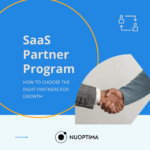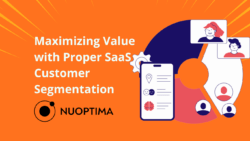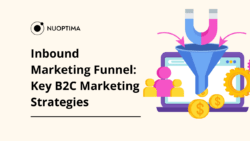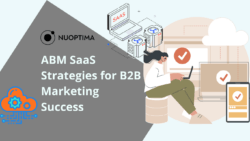For B2B Software as a Service (SaaS) companies, the significance of a meticulously defined marketing budget cannot be overstated. Such a budget serves as more than just a financial guideline; it’s a strategic tool that shapes the trajectory of a company’s outreach and engagement efforts. A well-structured budget ensures that resources are distributed judiciously, maximizing return on investment and fostering sustainable growth.
However, for these B2B SaaS entities, arriving at this optimal budget has many challenges. The industry’s rapid pace of change, coupled with the unique needs of B2B clientele, means that companies must constantly recalibrate their financial strategies. External factors, such as market fluctuations, technological advancements, and shifting client expectations, further complicate the budgeting process. Additionally, internal considerations, like product development stages and earning projections, add another layer of complexity.
This article has been written by the experts at our B2B SaaS SEO agency to delve deep into the pivotal role of a well-crafted marketing budget while also exploring the myriad challenges they face in its determination. Our goal at SaaS PR agency is to provide insights and guidance for those navigating the intricate landscape of SaaS marketing spend, leveraging our specialized expertise in this dynamic sector.
The Evolution of SaaS Marketing Budgets
The trajectory of marketing budgets for SaaS companies has witnessed significant shifts over the past decades. Many factors have influenced these shifts, both internal to the industry and external global events.
In the early days of SaaS, the sector was still finding its footing. Marketing budgets were often conservative, with companies primarily focusing on direct sales and word-of-mouth referrals. As the industry matured and competition intensified, there was a noticeable uptick in marketing expenditure. Companies began to recognize the value of broader outreach, investing in channels like content marketing, pay-per-click (PPC) advertising, and event sponsorships. Many also sought the expertise of a SaaS PPC Agency to optimize their PPC campaigns and achieve better results.
However, the landscape took a dramatic turn with the advent of global events. The recent pandemic, for instance, had profound implications for SaaS marketing budgets. With in-person events and conferences coming to a halt, companies had to reallocate funds to digital channels. This shift wasn’t merely a temporary adjustment but a more profound business transformation in how SaaS companies approached marketing. The emphasis moved toward building robust online communities, enhancing virtual event experiences, and leveraging tools like webinars and podcasts.
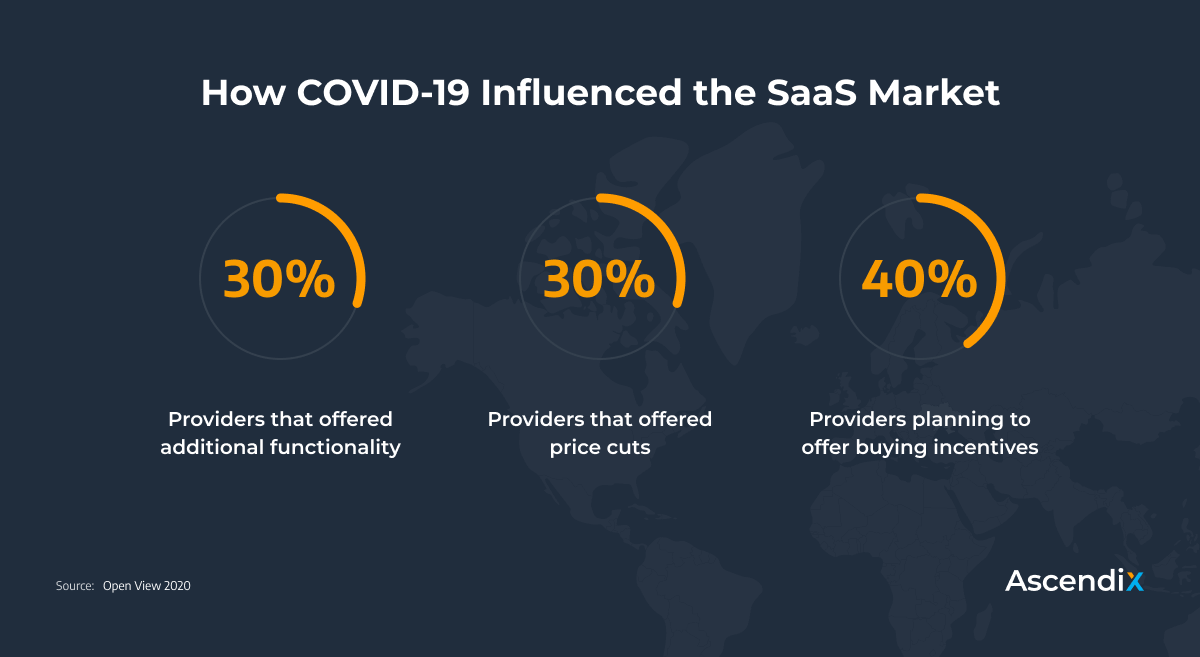
Furthermore, the economic uncertainties brought about by the pandemic led to a more cautious approach to spending. While some SaaS companies tightened their belts, prioritizing essential marketing activities, others saw it as an opportunity to capture a larger audience online and increase their digital B2B marketing spend.
The journey of SaaS marketing budgets over the years offers valuable insights into the industry’s adaptability and resilience. From modest beginnings to navigating global challenges, the evolution of these budgets reflects the broader shifts in the SaaS landscape and the world at large.
Understanding the Basics
For B2B SaaS, a range of metrics influence and shape a company’s marketing budget. These figures offer invaluable insights, guiding both strategic decisions and financial quotas. To fully understand the nuances of SaaS marketing assignments, it’s vital to familiarise yourself with some essential terms.
Here is a table to help get you started with basic marketing metric terminology and their functions within setting marketing budgets:
| Metric | Significance | Function |
| ARR (Annual Recurring Revenue) | Indicates the estimated sales that a company can expect to earn in a year. | Helps in making long-term financial and budgetary decisions, setting targets and benchmarks for growth. |
| CAC (Customer Acquisition Cost) | Represents the average expense to acquire a new customer. | Enables you to evaluate the efficiency of marketing and sales efforts and guides budget allocation towards customer acquisition channels. |
| LTV (Lifetime Value) | Estimates the total earnings that a company can expect from a customer throughout their entire relationship. | Assists in making decisions about how much the company should spend to acquire new customers and retain existing ones. |
| MRR (Monthly Recurring Revenue) | Reflects the company’s predictable monthly sales from subscriptions. | Aids in short-term financial planning and monitoring the health and growth of the subscription business. |
| Churn Rate | Measures the percentage of customers that a company loses during a certain time period. | Serves as an indicator of customer satisfaction and product fit; guides spend towards retention initiatives. |
| Conversion Rate | Represents the percentage of leads or potential customers who complete a desired action, like signing up for a service. | Assists in evaluating the effectiveness of sales and marketing strategies and helps to optimize budget share for these activities. |
These metrics collectively provide a comprehensive view of a company’s performance and market position. By continuously monitoring and analyzing these figures, B2B SaaS companies can craft a marketing budget that is not only aligned with their financial health but also poised to drive sustainable growth.
B2B SaaS Marketing Spend Benchmarks
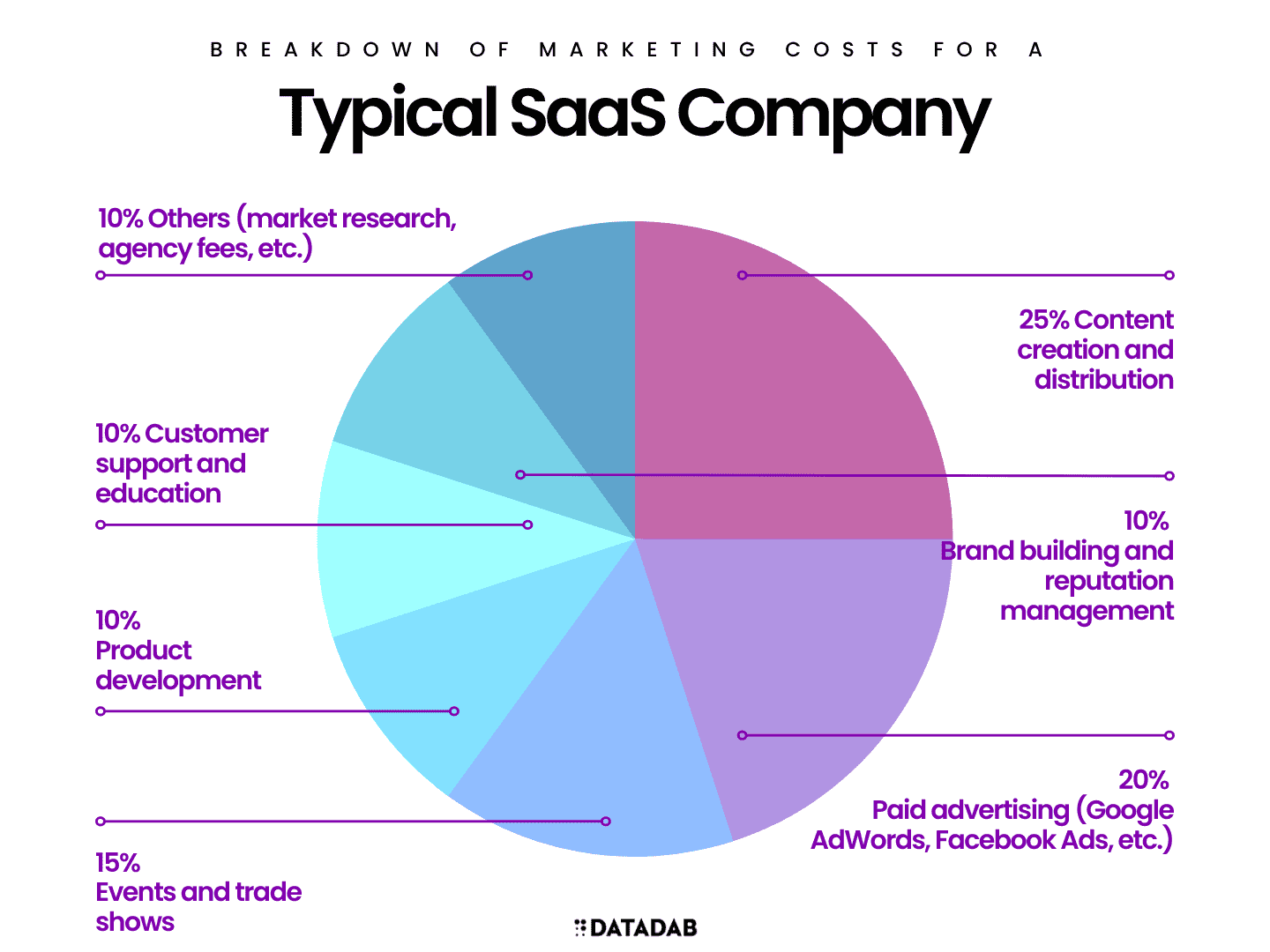
Understanding industry benchmarks in the B2B SaaS sector is pivotal for companies aiming to position themselves competitively. One of the most scrutinized benchmarks is marketing spend as a percentage of revenue. This metric offers insights into how much, on average, companies are investing back into marketing to fuel their growth.
Average Marketing Spend as a Percentage of Revenue
Historically, the average marketing spend for SaaS companies hovers around 15% to 20% of their revenue. However, this figure can vary based on several factors, including the company’s size, growth stage, and target audience. For instance:
- Start-Ups and Early-Stage Companies: These entities often invest a higher percentage of their top line, sometimes up to 50%, into marketing. The rationale behind this is to capture market share and build brand awareness quickly.
- Mature SaaS Companies: Established entities with a stable customer base allocate between 10% and 15% of their gross sales to marketing. Their primary aim is to maintain their market position and foster incremental growth.
Budget Allocation of Leading SaaS Companies
Observing how industry leaders use their marketing budgets can provide valuable insights for other players in the sector. While specifics can vary, some general observations include:
- Content Marketing: Many leading SaaS companies partner with a SaaS content marketing agency to invest significantly in content marketing. This includes producing high-quality blog posts, whitepapers, and case studies. Content not only helps in attracting organic traffic but also positions the company as a thought leader.
- Paid Advertising: While organic growth is vital, top-performing SaaS companies also dedicate a portion of their budget to paid channels, such as Google Ads or LinkedIn advertising, to reach a broader audience.
- Events and Webinars: Even in an increasingly digital age, B2B SaaS conferences, whether virtual or physical, play a crucial role. They offer companies a platform to engage directly with potential clients and showcase their offerings.
- Product Development and User Experience: While not strictly a marketing expense, ensuring the product is top-notch and user-friendly is a form of indirect marketing. Leading companies often reinvest in their platform, ensuring it meets and exceeds user expectations.
- SaaS Affiliate Marketing and Partner Marketing: Building strong SaaS partnership strategies and affiliate relationships can be a cost-effective way to reach new audiences. Many top SaaS companies have robust affiliate programs that reward referrals.
While industry benchmarks provide a helpful guideline, each SaaS company must assess its unique circumstances and goals. By understanding where the industry norm lies and how category leaders assign their spend, companies can make more informed decisions about their marketing budgets.
Why SaaS Companies Spend Differently
The B2B SaaS sector operates on a business model distinct from traditional industries. This uniqueness inherently influences how SaaS companies approach and distribute their marketing budgets.
The Distinctive SaaS Business Model
At its core, the SaaS model is subscription-based. More specifically, instead of a one-time purchase, customers access the software or service via a subscription, often monthly or annually. This structure has several implications:
- Predictable Income Streams: With subscriptions, SaaS companies can forecast their revenue with a higher degree of accuracy. This predictability allows for more structured and long-term planning in terms of marketing spend.
- Customer Retention: Given the subscription nature, retaining customers becomes as crucial, if not more so, than acquiring new ones. A churned customer means a direct loss in expected revenue. Hence, marketing efforts often extend beyond acquisition to include engagement and retention initiatives.
- Upfront Costs: Initially, SaaS companies might incur higher costs – developing the software, setting up infrastructure, and onboarding the first set of customers. These upfront costs can influence the initial marketing budgets, with more aggressive spend to gain a foothold in the market.
The Importance of Growing Recurring Sales
Recurring sales are the lifeblood of SaaS companies. The emphasis on growing this income stream is immense, and here’s why:
- Financial Stability: Robust recurring sales ensure the company’s financial health, allowing it to weather downturns and invest in future growth.
- Company Valuation: From an investment perspective, companies with strong repeat income often command higher valuations. It signals stability and potential for future growth.
- Resource Distribution: With a steady income stream, companies can assign resources, including marketing budgets, more effectively. They can invest in long-term strategies without the constant pressure of immediate returns.
The Central Role of Marketing
As with any business, marketing plays a pivotal role for B2B SaaS companies wanting to make a success of their software products. Here are some of the ways marketing has a direct impact on growth:
- Acquisition: While this is a given for any business, for SaaS companies, the cost of acquiring a customer must be attributed to the LTV of that customer. Marketing strategies are fine-tuned to ensure this balance.
- Education: SaaS offerings can sometimes be complex. Marketing plays a role in educating potential customers not just about the product’s features but its benefits and applications.
- Engagement and Upselling: For existing customers, marketing efforts focus on engagement, ensuring they derive value from the product. Additionally, there’s an opportunity for upselling or cross-selling other services.
Calculating Your SaaS Marketing Budget
Crafting a marketing budget for a B2B SaaS company is both an art and a science. It requires a blend of analytical thinking, industry insights, and a clear understanding of the company’s objectives. Here, we explore some prevalent formulas and methods companies employ to determine their optimal marketing spend.
Popular Formulas and Methods
These are some of the more popular formulas and methods B2B SaaS marketers use to calculate budgets:
- Percentage of Revenue: One of the most straightforward methods is allotting a fixed rate of the expected profit made towards marketing. For instance, if a company anticipates £1 million in annual revenue and decides on 15% as the marketing budget, that would amount to £150,000 for the year.
- Competitive Parity Method: SaaS companies should look at what competitors are spending and divide their budgets accordingly. This method assumes that industry peers have done the necessary research and set their budgets at optimal levels.
- Objective and Task Method: Companies should first define their marketing objectives and then estimate the cost of tasks necessary to achieve them. For instance, if the goal is to acquire 1000 new customers and the cost per acquisition is £50, the budget required would be £50,000.
Working With Revenue-Growth Data
Understanding and leveraging revenue-growth data is key when determining a marketing budget. This data, which captures the difference between projected and actual sales over specific periods, offers invaluable insights into the company’s financial trajectory.
Growth data can barometer a company’s financial health and market performance. These are some of the advantages achieved by analyzing this data:
- Companies Gain Perspective: They can assess whether they’re on an upward trajectory, stagnating, or facing a downturn. This understanding directly influences decisions on marketing spend.
- Resource Distribution Becomes Clearer: A positive growth rate might justify increased investment in marketing to capitalize on the momentum. Conversely, a negative rate could indicate the need for a more conservative approach, perhaps focusing on customer retention and engagement.
- Future Projections are Refined: Historical revenue-growth data can help companies make more accurate future projections, ensuring that marketing budgets are aligned with the anticipated top line.
Backtracking From Sales Goals
B2B SaaS companies can methodically work backward from their sales targets to arrive at a marketing budget that aligns with their objectives. The table below outlines how you can follow this systematic approach:
| Step | Description | Example |
| 1. Set Sales Targets | Define a clear sales target for the chosen period. | Target: 500 sales in Q3 |
| 2. Estimate Conversion Rates | Understand the average percentage of leads that convert to paying customers. | Conversion Rate: 5% |
| 3. Calculate Required Leads | Based on the conversion rate, determine the total number of leads needed. | Required Leads: 10,000 (to achieve 500 sales at 5% conversion) |
| 4. Determine Cost Per Lead | Look at past campaigns or industry averages to understand the cost of acquiring one lead. | Cost Per Lead: £10 |
| 5. Allocate Budget | Multiply the required number of leads by the cost per lead to get the budget. | Budget: £100,000 (10,000 leads x £10) |
The Golden Ratio of LTV to CAC
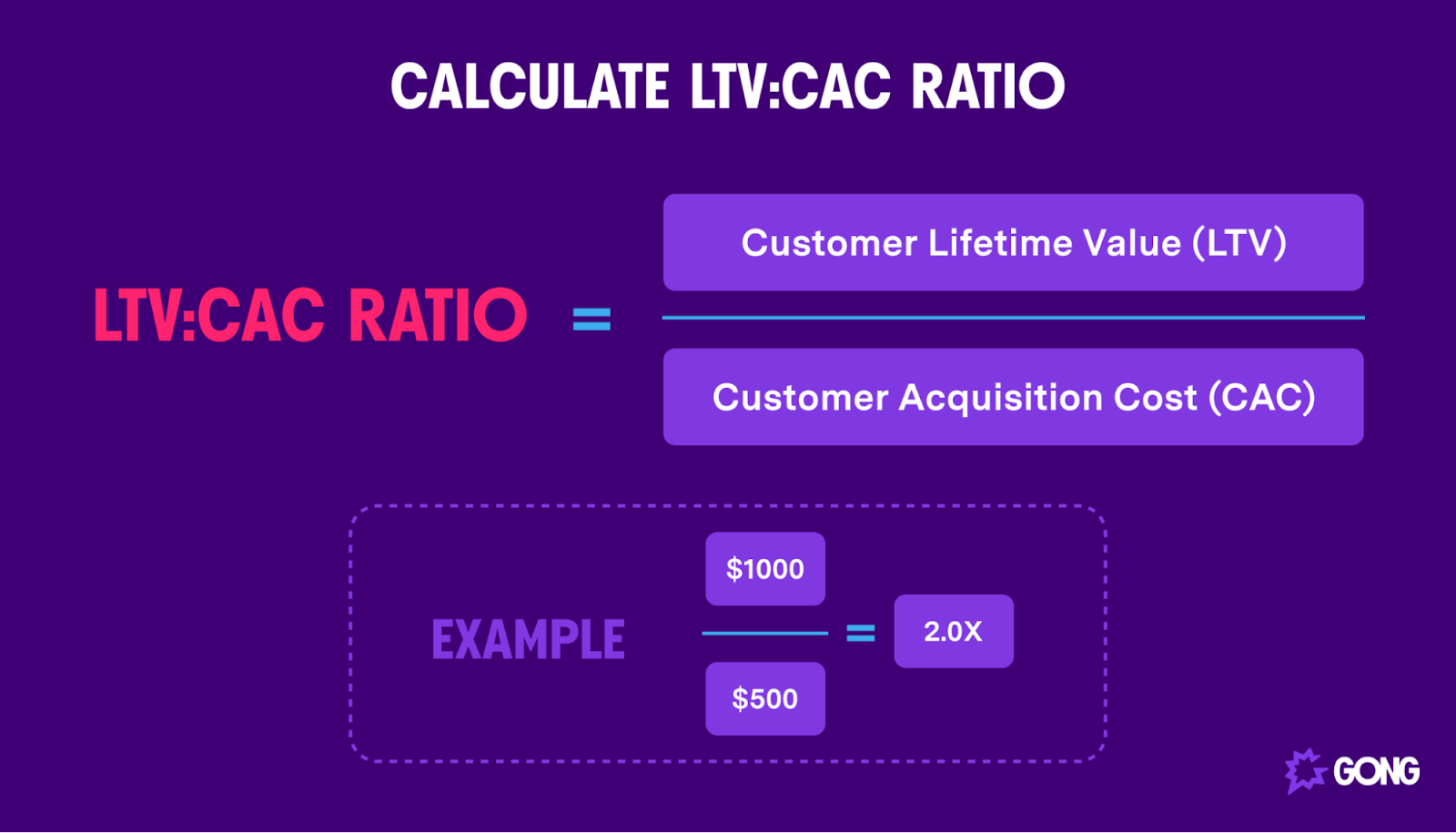
The LTV and CAC are paramount for B2B SaaS marketing. This ratio (often termed the ‘Golden Ratio’) provides businesses with a clear perspective on the sustainability and efficiency of their marketing and sales activities.
To calculate the LTV:CAC ratio, one divides the LTV by the CAC:
LTV:CAC Ratio = LTV ÷ CAC
For instance, if the LTV of a customer is £5000 and the CAC is £1000, the LTV:CAC ratio would be 5:1. This means that for every pound spent on acquiring a customer, the company expects to earn five pounds back over the customer’s lifetime.
Interpreting this ratio is vital for business strategy. For example:
- A Ratio Greater Than 3:1: Typically, a ratio of 3:1 or higher is considered healthy for SaaS businesses. It suggests that the company is getting a substantial return on its investment in customer acquisition.
- A Ratio Close to 1:1: This indicates that the company is spending nearly as much to acquire a customer as the value they’re expected to bring. Such a scenario warrants a review of marketing and sales strategies.
- A Ratio Less Than 1:1: This is a red flag. It means the company is spending more to acquire customers than they are worth. Immediate action is required to rectify this imbalance.
The LTV:CAC ratio is more than just a number – it reflects a company’s strategic decisions, operational efficiency, and market position. By understanding and optimizing this golden ratio, B2B SaaS companies can ensure their marketing budget is on point.
Real-World SaaS Marketing Budget Examples
The SaaS industry is full of companies that have carved niches for themselves, not just through their products but also through their astute marketing strategies. By examining how major players like Monday.com, Asana, and Salesforce assign their marketing budgets, we can learn some valuable lessons for other businesses in the B2B SaaS sector.
Monday.com: Emphasising Product Visibility
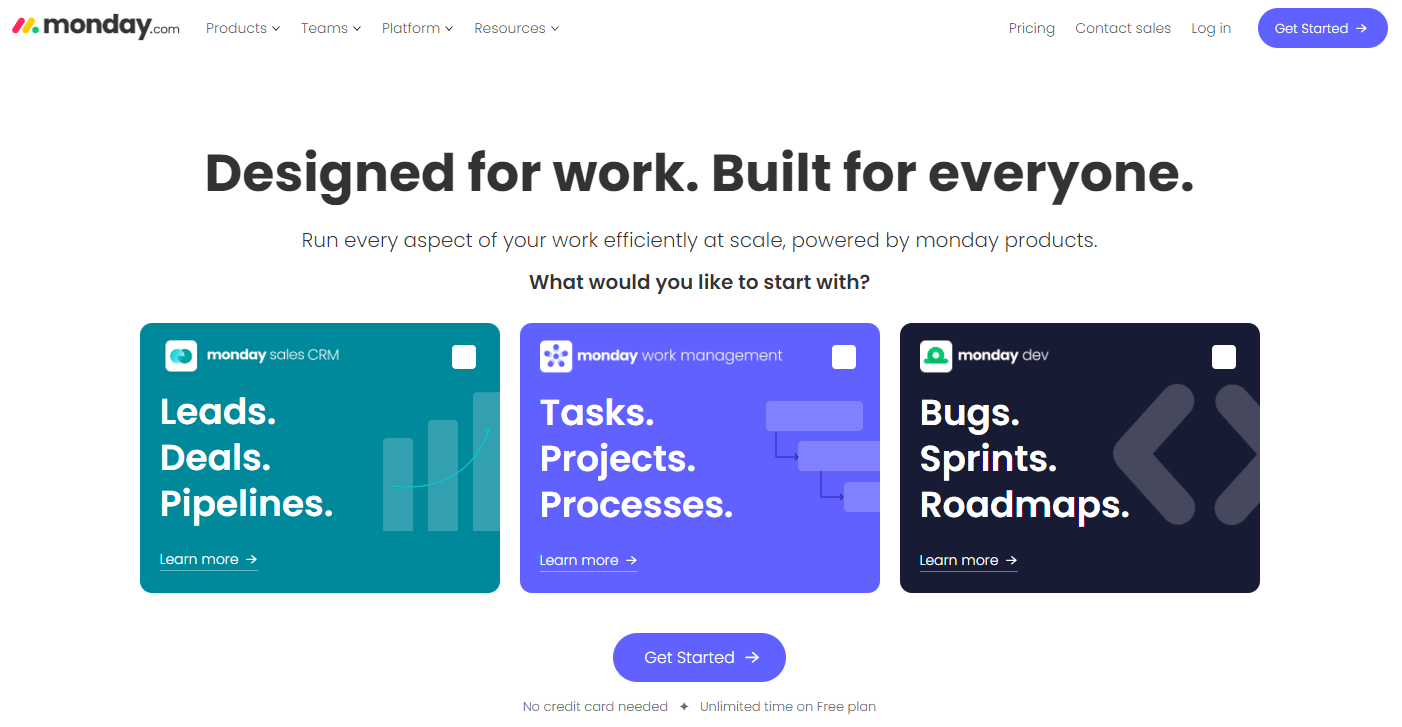
Monday.com has been notable for its aggressive advertising campaigns, especially on platforms like YouTube. Their budget is mostly spent on online advertising, ensuring potential users encounter their brand frequently.

Lesson – Consistent visibility can lead to brand recall. By ensuring that your product is front and center on platforms frequented by your target audience, you can embed your brand in their consciousness, leading to higher conversion rates.
Asana: Content and Community Building
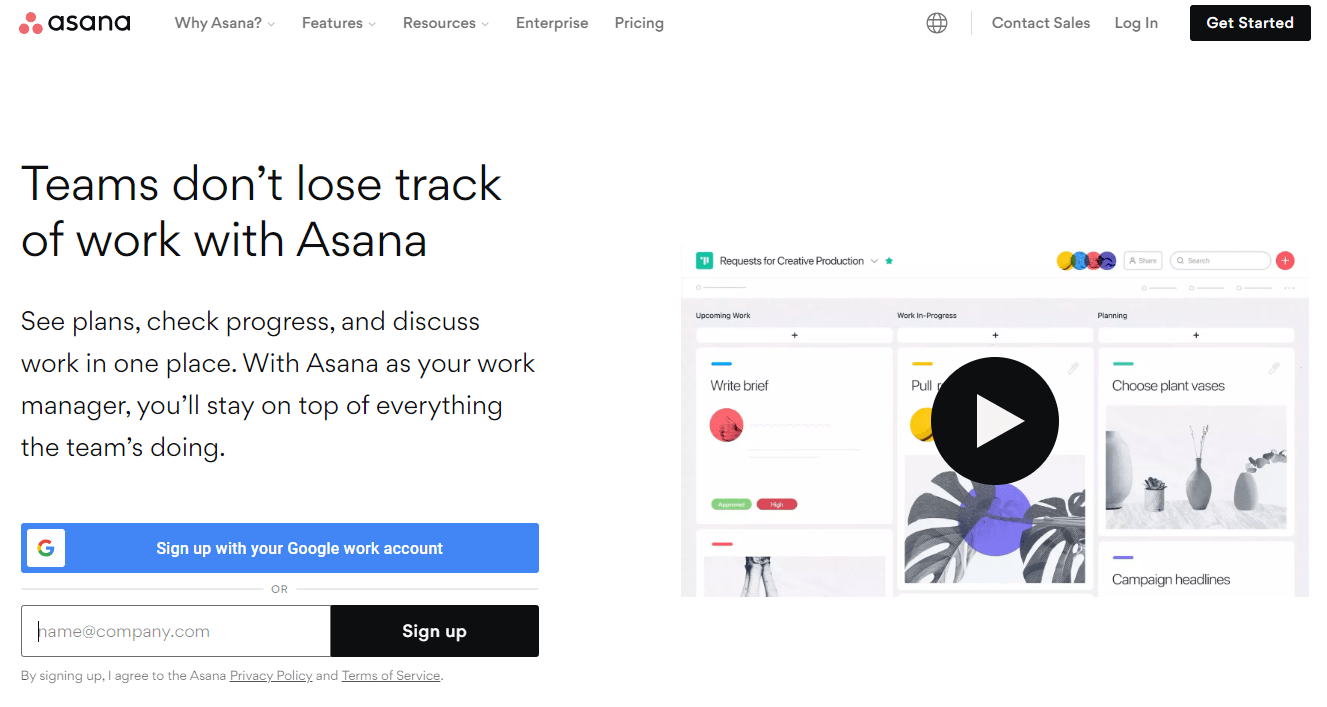
Asana has invested significantly in content marketing and community building. Their approach includes webinars, tutorials, and forums where users can share tips and tricks. This not only aids in customer retention but also attracts potential users looking for a supportive community.

Lesson – Marketing isn’t just about acquisition; it’s also about retention. By fostering a community and offering value through content, you can ensure that existing customers remain loyal while also attracting new ones.
Salesforce: Integrating Events and Thought Leadership
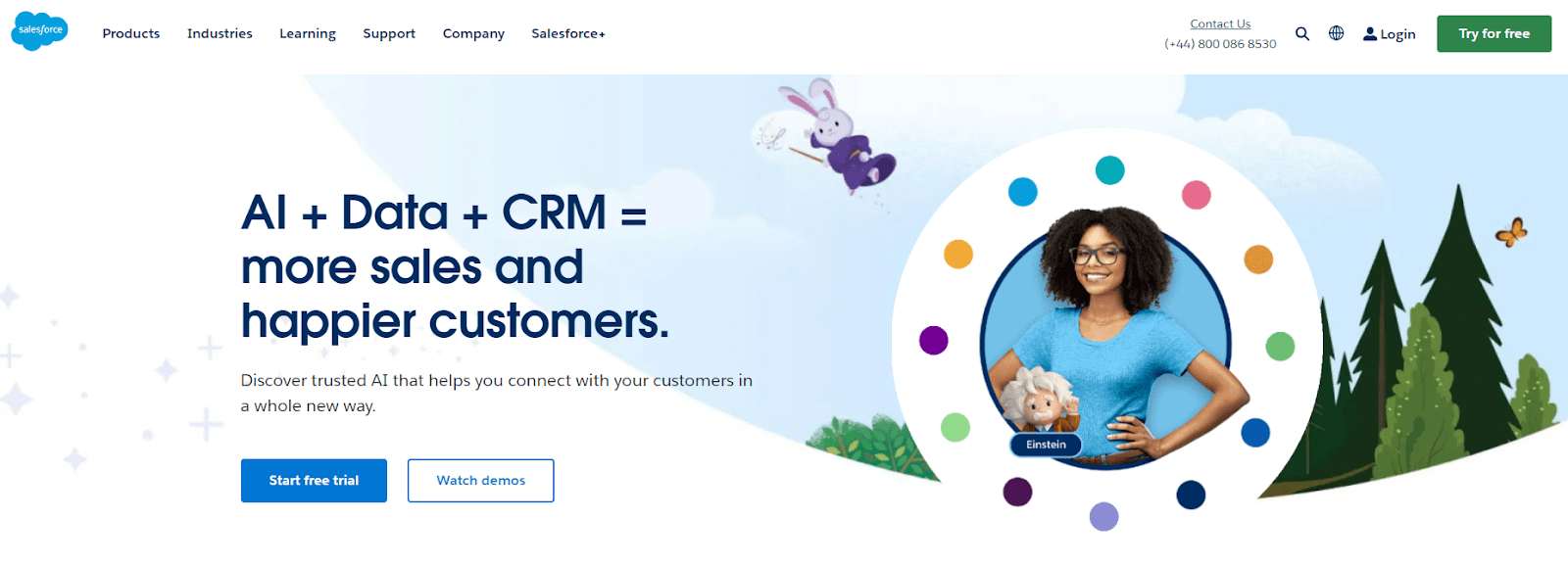
Salesforce is renowned for its annual event, Dreamforce, which attracts many attendees. Their B2B marketing budget distribution towards such events is substantial. Additionally, they invest in thought leadership, producing reports and insights that position them as industry leaders.
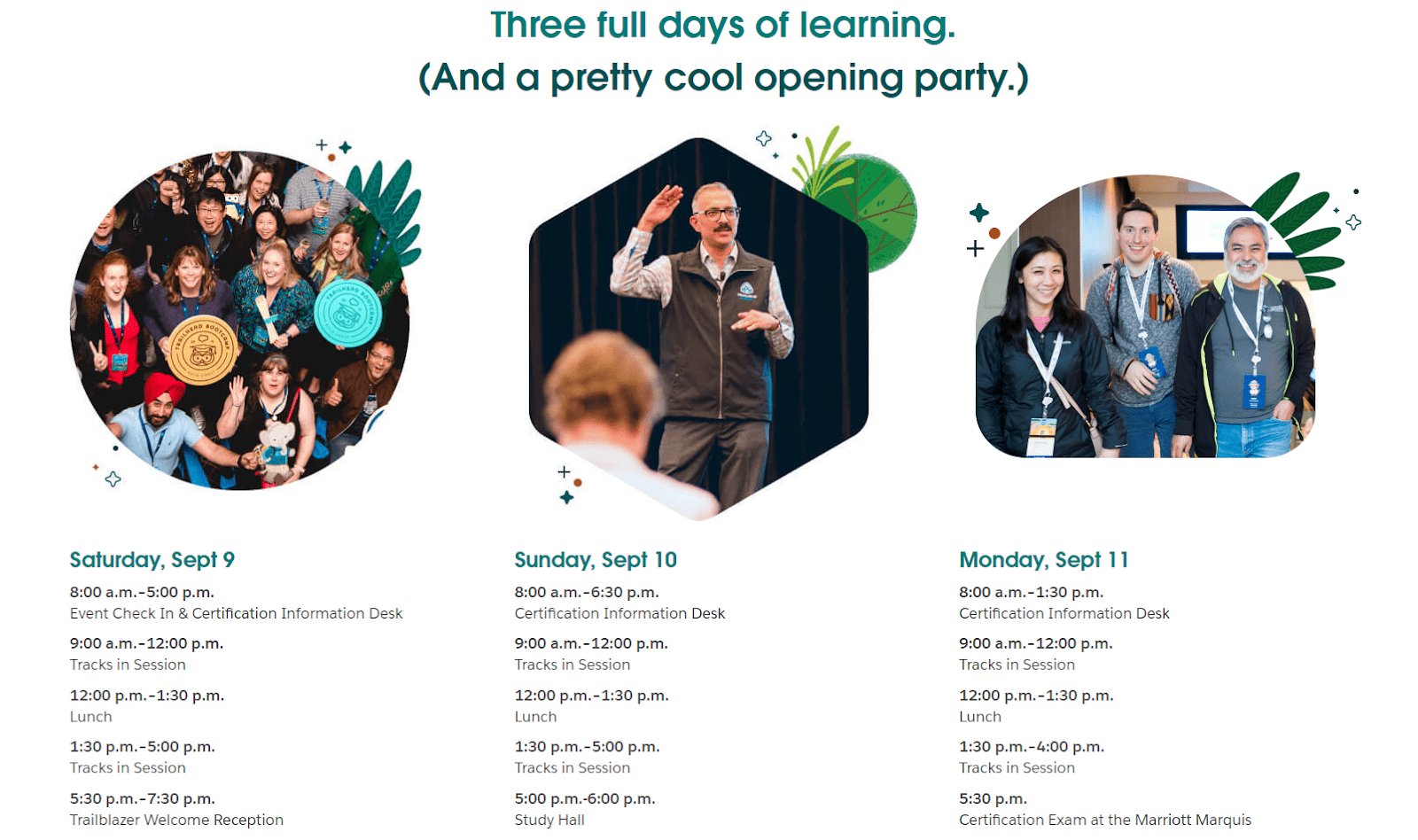
Lesson – Events can serve as powerful marketing tools, providing an immersive experience of your brand. They can also be used to educate potential new customers of the value your SaaS tools can provide and inspire them to purchase.
While these industry giants have budgets that might dwarf those of smaller players, the principles remain the same. It’s about understanding your audience, knowing where to reach them, and providing consistent value.
Assigning Your Marketing SaaS Budget
How a SaaS company spends its marketing budget can be the difference between a successful campaign and a missed opportunity. This table provides a detailed marketing budget breakdown of primary cost areas, coupled with insights for optimizing spend.
| Cost Area | Typical Allocation | Optimisation Tips |
| Brand Strategy | 10-15% of the total budget | Understand your target audience and their challenges. Investing in market research ensures your brand messaging aligns with their needs, offering a genuine solution. |
| Website Launch/Relaunch | 20-25% of the total budget | Prioritise user experience and mobile responsiveness. Utilise open-source platforms where possible to reduce development costs, ensuring the site remains functional and easy to navigate. |
| Social Media Marketing | 15-20% of the total budget | Identify platforms with the highest engagement for your target audience. Distribute more to platforms with higher SaaS ROI and use analytics to refine your approach. Scheduling tools can also streamline processes. |
| Lead Generation | 40-50% of the total budget | Emphasise acquiring high-quality leads over sheer quantity. Targeted advertising can be more effective, reaching potential leads with higher conversion likelihood. Periodically review strategies based on performance metrics to ensure efficiency. |
In essence, the key to a successful marketing budget allocation lies in strategic thinking. B2B SaaS companies should aim for a balance, ensuring each pound spent yields maximum value, driving both brand awareness and conversions.
earn about maintaining brand integrity and managing online communities by tuning into the Nuoptima SaaS Podcast featuring Jenny Wolfram from BrandBastion.
Closing Thoughts
As you should now understand, regular reviews of your marketing budget are not just recommended; they’re essential. Routine assessments ensure that your financial allocations align with current objectives and market conditions. It’s about ensuring that funds are being used efficiently and identifying new opportunities or areas that might need more attention.
Moreover, the SaaS industry is characterized by its swift shifts, influenced by technological advancements, regulatory changes, and user behavior patterns. By keeping a finger on the pulse of these shifts, businesses can adapt their marketing strategies, ensuring they remain relevant and effective.
So, keep in mind that while planning is invaluable, the ability to adapt based on real-time results and industry shifts is priceless. Companies that embrace this ethos, continuously refining their marketing budgets in response to insights and trends, position themselves at the forefront of the industry, ready to seize opportunities and navigate challenges.
At NUOPTIMA, we specialize in marketing for B2B SaaS companies. Our team of experts understands the unique challenges and opportunities within this sector and employs proven strategies to help our clients reach their growth goals. Book your free discovery call today.
FAQ
B2B SaaS companies typically give between 15% to 25% of their revenue to marketing, though this can vary based on factors like company size, growth stage, and specific goals.
Marketing ROI for SaaS companies is a measure of the return on marketing investments. While it varies widely, a positive SaaS ROI indicates that marketing efforts are generating more profit than the cost of those efforts.
B2B companies, on average, allocate about 7% to 12% of their total revenue to advertising, but this figure can fluctuate based on the industry, company size, and growth objectives. Plus, if they’ve mastered SEO and brand awareness, the advertising budget can be zero.
For B2B SaaS start-ups, a realistic marketing budget often ranges from 20% to 30% of their generated gross sales, as they might invest more initially to establish a market presence and acquire initial customers.
For budget-conscious B2B SaaS companies, focusing on SEO is paramount. By optimizing your website and content for search engines, you can attract organic, high-intent traffic, which often results in cost-effective and sustained growth over time.
